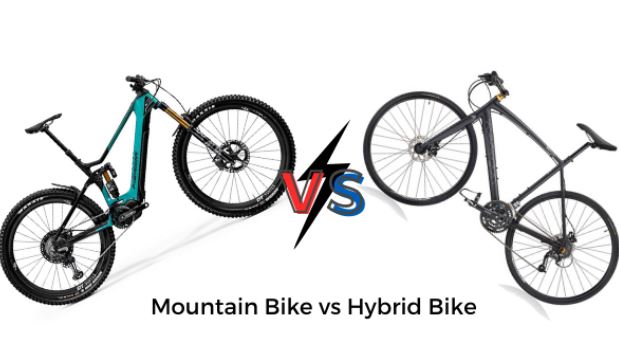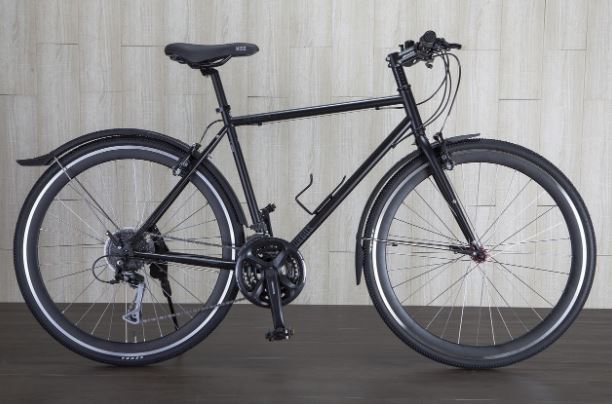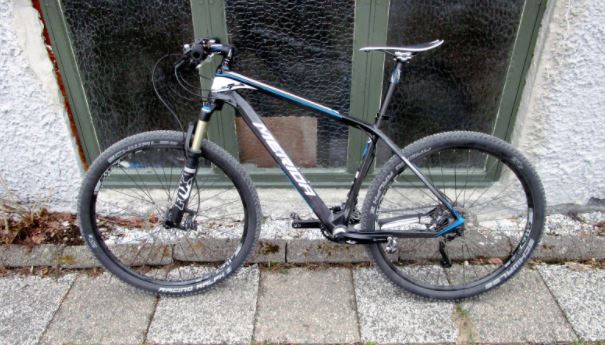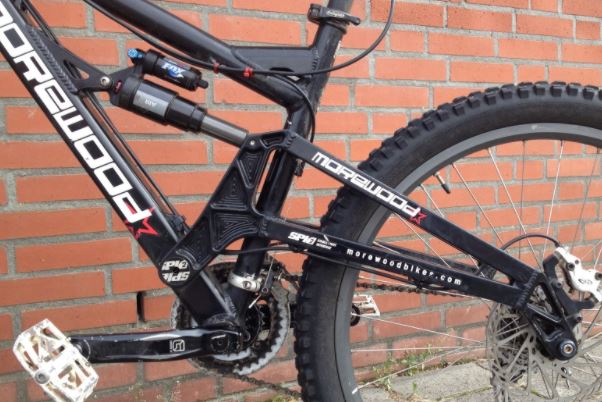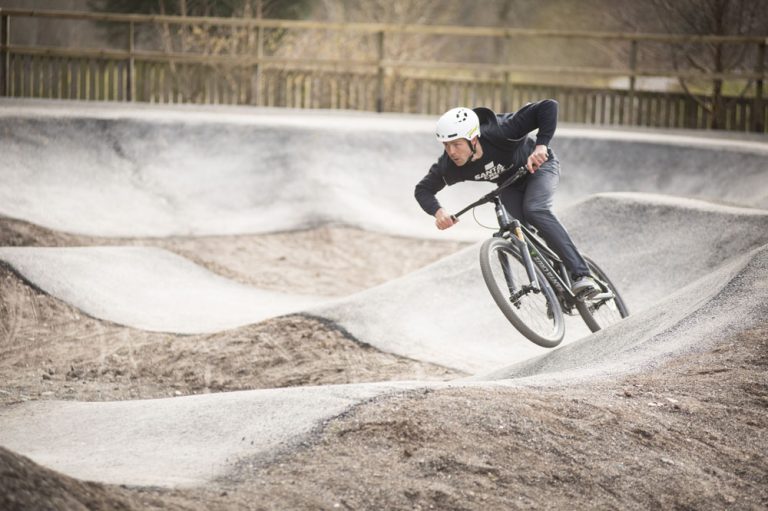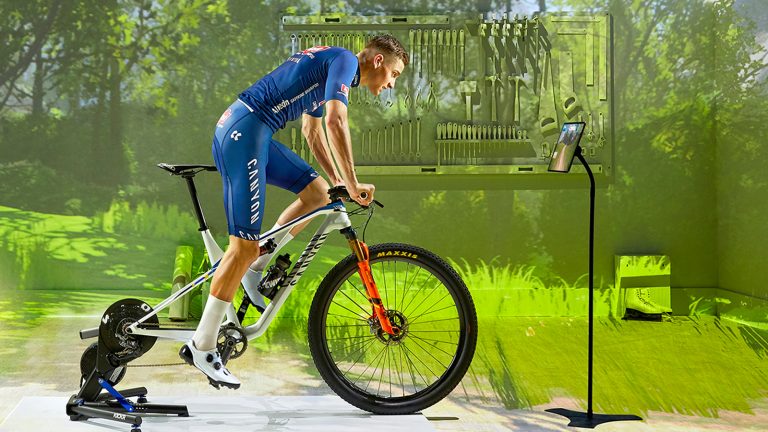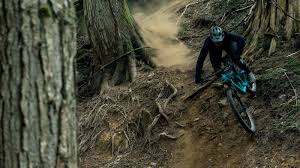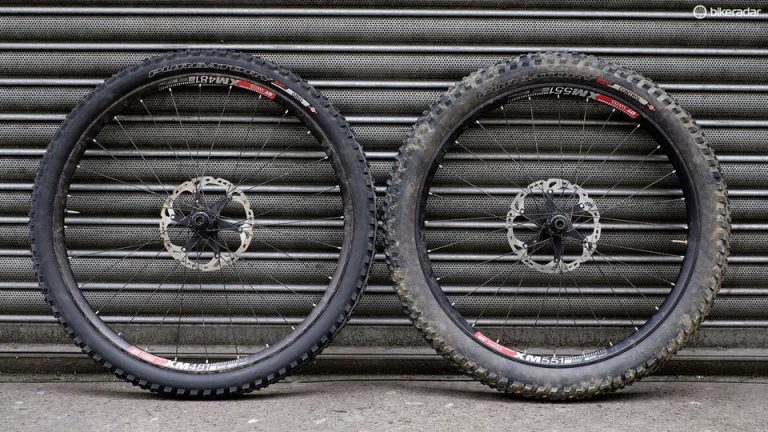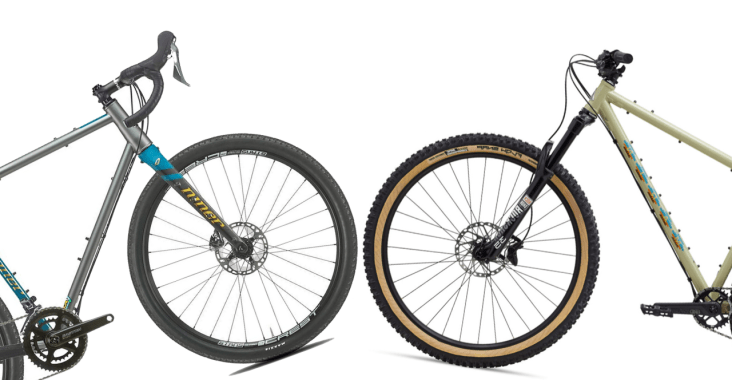Mountain Bike vs. Hybrid Bike – Which One to Choose?
Looking for a new bike, huh? There's never been a greater time to buy one. Over the last decade, bikes have become more practical, more stable, and more enjoyable to ride. That's partly because the range has grown from a few simple models (e.g., lane, mountain, city) to include all sorts of niches and categories-in-categories, as bike manufacturers diversify their ranges to cater to the many ways cycling is enjoyed.
If you're buying a bike to share with a group of friends, think about something close to what they're riding, or maybe bring a friend with you to try the bikes.
If you enjoyed a single or three-speed bike as a child, you could find a fun and simple bike again – but try riding up a hill first!
At City Bikes, there is about every kind of bicycle – or they can get it for you in a moment. The trick is to get in and try some bikes and see what fits for you. No matter what style you want, you can be confident that City Bikes will back your decision with their renowned service and support.
Hybrid Bike vs. Mountain Bike
Hybrid bikes and mountain bikes can look similar. Both have flat handlebars, big wheels, disc brakes – and many electric bikes come with front suspension as well. While hardtail mountain bikes (those without rear suspension) bear some similarity to hybrid bikes, they are tailored to be far closer to full suspension mountain bikes than hybrid bikes.
Hybrid Bikes
City riding fun with the excitement of mountain biking, the Firefox Hybrid bike aces all. With a wide range of gears, a light alloy hybrid structure, and an easy-to-adjust QR seat, this bike is designed to thrive anywhere you go! Ideal for general-purpose riding around the terrain, this is certainly a winner!
Trek hybrid bikes are compact, easy-to-drive bikes that will take you anywhere you want to go. They prove to be light, fun, and calm companions, mile after mile.
Hybrid bikes are ideally adapted for mountain biking and around river towpaths or abandoned rail tracks. They are built to be comfortable and reliable for cycling over collapsed roads and light paths. Many cyclists often opt for this bike model- thanks to the sturdy parts and the ability to mount mudguards and panniers.
Mountain Bikes
For a cyclist who scales a mountain, confidence in his bike makes all the difference! That's just what the Firefox Mountain Bike is supposed to do. This MTB bike comes with a solid frame, supportive suspension, big tires, and a wide range of gears to offer a ride focused on the experience!
Mountain bikes are designed to tackle steep descents and technical ascents. Roots, berms (steeply banked corners), and sheer drop-offs of about one meter can all be shipped on a hardtail. This kind of riding can be seen in trail centers throughout the world, but this kind of terrain is also home to many local forests.
The main distinctions between a hybrid and a mountain bike are that a hybrid bike has a lighter and more aerodynamic structure, thin flat tires, uses a rim instead of a disc brake, and usually does not have a suspension. For these reasons, hybrid bikes are better suited for road, gravel, or dirt roads than rough off-road bikes.
While these are some critical distinctions between mountain and hybrid bikes, plenty of others may have an effect on which one is right for your case.
More Differences
1. Frame
The most significant visual distinction between a hybrid and a mountain bike is the design. Hybrid bikes have a frame that is far closer to that of a road bike than that of a mountain bike. Since harsh conditions like those seen while mountain biking are not likely to occur, the frame is both slimmer and lighter.
The mixture of these elements makes it possible for the hybrid bike frame to be lighter than mountain bikes. In addition to their decreased weight, they have a more aerodynamic shape that makes them more effective for road riding.
While important for road cycling, weight and aerodynamics are much less important for mountain biking. The value of frame strength surpasses the need for lightness.
2. Suspension
The suspension, or lack thereof, is the next major distinction between hybrid and mountain bikes. Since hybrids are likely to spend much of their time on a paved lane, there is no need for suspension. They can withstand road bumps that would be painful on a road bike because of their reduced tire pressure and larger tires.
Suspension not only adds weight to the bike but also adds to the cost. Because of this, most hybrid bikes are not equipped with suspension. Hybrid suspensions are usually of more inferior quality because weight is sacrificed to save cost.
3. Brakes
While some hybrid bikes use disc brakes, many use conventional rim brakes. Rim brakes are smaller, cheaper, and simpler to repair and determine wear.
This is perfect for many hybrid cyclists when they're using a cycle for short-distance or casual cycling. Because most of their rides are relatively smooth, the additional disc brake capacity usually is unnecessary.
Because weight is less a concern for mountain bikes, disc brakes are often used by design. One could find a low-end mountain bike in a major departmental store that doesn't have disc brakes, but that's pretty rare these days.
The added stopping strength of the disc brakes also improves the protection of mountain bikes where the rim brakes may not be powerful enough to protect you on a steep descent.
4. Gears
Mountain bikes are designed for a wide range of trail conditions. There's a lot to deal with, from simple flats, steep downhills to extreme climbs. For this purpose, mountain bike gear typically has a wide variety of tools to guide a rider through these diverse situations.
In contrast, hybrids are most likely to spend time on flat(ish) roads with occasional slopes, so they won't require too much of a range to support the rider. Fewer gears also mean less weight, once again improving your road quality.
5. Tires
Mountain bikes come with massive burly tires full of knobs to have the ultimate grip on the trail, whether it's dry, muddy, or something in between. But when it comes to road riding, these big tires will slow you down.
These knobs and extra width add more friction and slow down on asphalt roads. Because of this, hybrid bikes come with lighter, smoother tires. This reduces their rolling friction and helps them to move more quickly.
Although hybrid tires are thinner than mountain bike tires, they're nowhere near as thin as road tires! They need this additional width to be able to navigate the occasional dirt or gravel trail. This extra width also adds to their convenience during road trips.
6. Handlebars
Although most hybrids and mountain bikes use flat or riser handlebars, there are often variations. Due to their heavier road usage, some hybrids may have drop or mustache bars to make road riding more effective.
7. Seats
Since hybrids are primarily used in relaxed and enjoyable riding conditions, performance is not as important. In reality, comfort is one of the primary reasons why hybrids work. As such, many hybrids come with larger, more comfortable seats. No padded shorts or jackasses are needed.
As competition is critical for many mountain bikers, their seats are also sturdier for performance purposes.
Which One Is Faster?
If you're worried about road cycling, then the hybrid would undoubtedly be better. Its tires have less rolling resistance on the lane, allowing your pedal strokes to convert into more distance traveled.
Some hybrid bikes also come with drop bars that allow you to get into a lower-profile, more efficient riding stance. Typically they provide high gear ratios that enable you to hit and sustain high speeds on paved surfaces.
For these reasons, a hybrid bike will be quicker than a mountain bike on the track.
If you compare pace in a real off-road scenario, obviously mountain bikes are going to win. Both mountain bikes come with at least the front suspension, many with the rear suspension, allowing you to help handle the challenges you can face off-road.
Their larger knobby tires have extra grip and traction in harsh conditions. Also, gearing on a mountain bike is ideally designed to help you ascend steeply. The slimmer smoother tires will produce less rolling resistance and allow you to move around quicker and with less effort. They also help avoid additional wear and tear by using your trail tire on the track.
If you don't know which bike to pick, you should fly to a showroom for bicycles. Take one for a test ride- pay attention to the bench, handlebars, and ride position.

